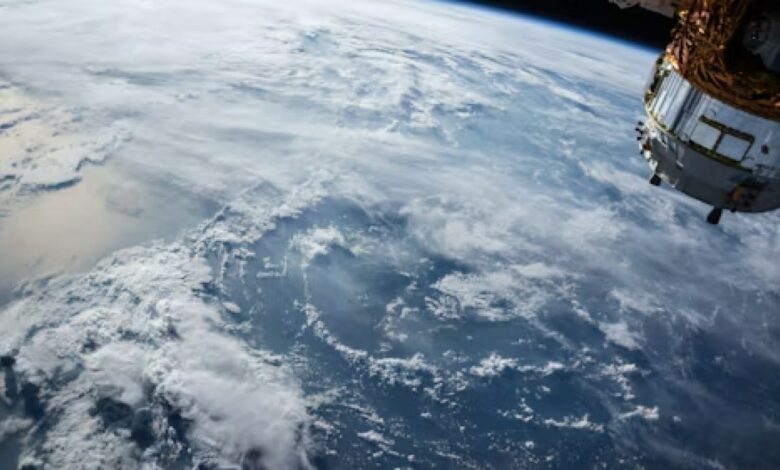Microplastics can change the Earth’s climate, new research shows

Scientists at Penn State University have determined that microplastics in the atmosphere can influence Earth’s climate. A study published in Environmental Science and Technology: Air shows that these tiny plastic particles can act as ice nucleating agents in clouds, impacting precipitation, weather and possibly even aviation. Although the precise effects remain unclear, the findings highlight the possibility that microplastics play an underestimated role in climate dynamics.
Microplastics detected in remote and extreme locations
According to the studyMicroplastics – particles smaller than five millimeters in size – have been found worldwide, from deep ocean trenches to high-altitude clouds. The Penn State research now adds that airborne microplastics, found even in remote mountain areas, could contribute to climate change by altering cloud structures. Professor Miriam Freedman, senior author and professor of chemistry at Penn State, said the research underlines the need to understand the interactions of microplastics with the atmospheric system, especially in cloud formation processes.
Laboratory analysis reveals microplastic behavior in ice formation
The study further notes that in the experiments, the research team examined how four types of microplastics – low-density polyethylene (LDPE), polypropylene (PP), polyvinyl chloride (PVC) and polyethylene terephthalate (PET) – affect ice formation. The particles were reported to be suspended in water droplets and cooled, showing that microplastic-laden droplets froze at higher temperatures than those without. Lead author Heidi Busse, a graduate researcher from Penn State, reported that the presence of microplastics enabled freezing up to 10 degrees warmer, meaning that such particles could promote cloud ice formation at milder temperatures.
Implications for climate patterns and precipitation
Although the full impact of microplastics on the climate remains uncertain, Dr. Freedman that they can change precipitation patterns by influencing the properties of clouds. In areas with high microplastic levels, the dispersion of water between many particles can result in smaller droplets, delaying rainfall, but also potentially leading to heavier precipitation once the droplets coalesce.
Environmental aging and future research directions
Environmental factors, such as exposure to sunlight and atmospheric chemicals, also appear to influence the ice-forming potential of microplastics, with aged PVC showing increased nucleation potential. Future research will focus on additives in plastics, which could reveal further effects on Earth’s climate.
For the latest tech news and reviews, follow Gadgets 360 X, Facebook, WhatsApp, Wires And Google News. For the latest videos on gadgets and technology, subscribe to our YouTube channel. If you want to know everything about top influencers, follow our in-house Who is that360 on Instagram And YouTube.

New fire-resistant Dicliptera Polymorpha discovered in the Western Ghats of India
NASA’s Atmospheric Waves Experiment captures gravitational waves from Hurricane Helene in Florida





